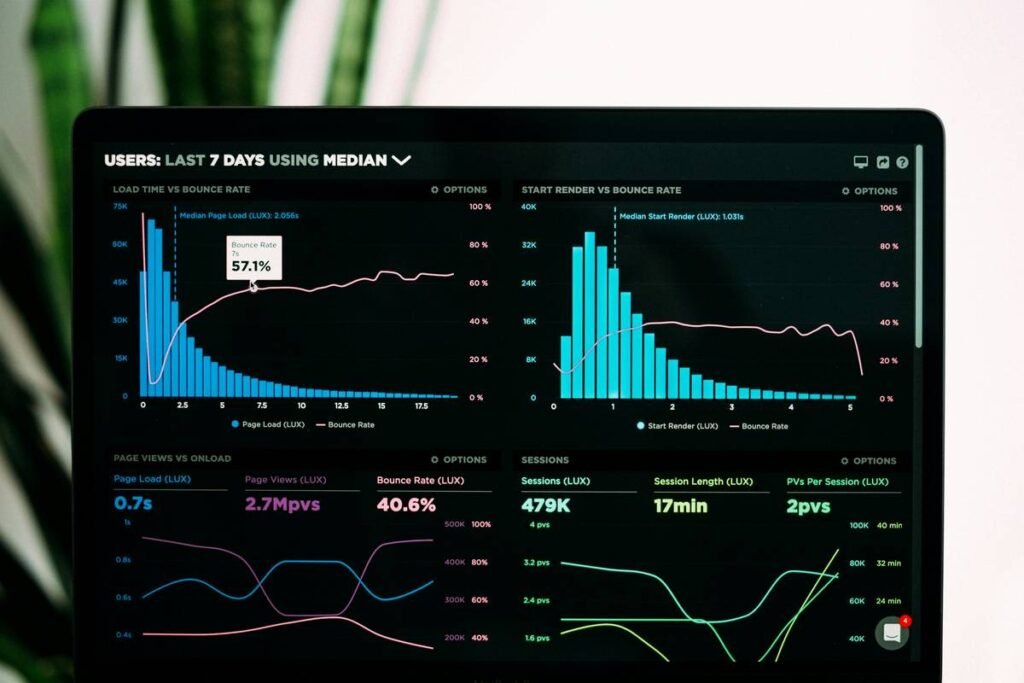Ever stared at your phone thinking, “There’s GOT to be an app that helps me budget *and* automate marketing tasks?” Yeah, we’ve been there too. Personal finance tools and apps aren’t just about spreadsheets anymore—they’re merging with automation platforms to help you crush both your financial goals AND side hustles.
In this post, we’ll explore how Software Examples in personal finance apps can double as game-changing marketing automation tools for creators and entrepreneurs. Buckle up—you’re about to level up!
Table of Contents
- Key Takeaways
- The Problem with Financial Tools Today
- Step-by-Step Guide to Using Software Examples Effectively
- Best Practices for Maximizing These Tools
- Real-World Examples of Killer Tools
- FAQs on Software Examples & Automation
Key Takeaways
- Personal finance apps are evolving to include features like scheduling payments—and automating social media campaigns.
- Leverage hybrid tools like Mint or PocketGuard for seamless integration without needing extra software.
- Avoid over-automation pitfalls by keeping human input at the center of your strategies.
The Problem with Financial Tools Today
“I once tried using my bank’s app to schedule Instagram posts.”—Okay, no, I didn’t go THAT far. But honestly, navigating through cluttered interfaces feels like trying to untangle earbuds after a workout session. Most financial tools feel designed purely for managing expenses—not empowering growth.
Sure, they track spending habits and offer investment advice, but what if you’re juggling multiple income streams? That’s where Software Examples shine. They combine functionality across niches, allowing users to blend personal finance management with business tasks.
“Optimist You:* ‘This will solve all my problems!’
Grumpy Me:* Ugh, only if it comes with unlimited coffee refills…”
Step-by-Step Guide to Using Software Examples Effectively
Here’s your roadmap:
Step 1: Identify Your Pain Points
Ask yourself: Is invoicing killing your vibe? Are expense reports making you want to throw your laptop out the window?
Step 2: Choose Multi-Purpose Software
Look for crossover platforms. For example:
- Mint: Budget tracker + bill reminders = potential campaign scheduler.
- You Need A Budget (YNAB): Cash flow organizer + goal setting = client project planner.
Step 3: Integrate Third-Party Tools
If native integrations lack pizzazz (*cough* looking at you, Google Calendar), use APIs like Zapier to connect workflows. Sounds nerdy? It kinda is—but also chef’s kiss effective.
Best Practices for Maximizing These Tools
To prevent burnout, here’s some actionable wisdom:
- Prioritize Usability: Don’t pick something fancy if it looks like rocket science. Stick to intuitive designs.
- Automate Judiciously: Auto-pay bills? Yes. Auto-craft deep-dive blog content? Probably not.
- Monitor Regularly: Set aside time each week to tweak settings and analyze performance.

Real-World Examples of Killer Tools
Let’s geek out over a few standout Software Examples:
Example #1: Plaid
This API powerhouse connects banks directly to apps like Acorns and Robinhood. Imagine automating drip email campaigns based on customer spending patterns—it’s wild stuff.
Example #2: Tiller
Tiller syncs with Google Sheets to create custom reports. Perfect for affiliate marketers who live and die by their analytics dashboards!
Example #3: Wave Accounting
Freelancers swear by Wave for its invoicing capabilities. Bonus? It integrates cleanly with Shopify and PayPal—ideal for ecommerce pros.
FAQs on Software Examples & Automation
Can personal finance apps really replace dedicated marketing tools?
Sorta. While full-on swaps might disappoint, hybrid options let you dabble without breaking the bank. Pro tip: Test free trials first before committing.
What happens if I mess up automation rules?
Friendo, ALWAYS set fail-safes. One wrong rule could mean accidental chargebacks—or worse, ghosting clients during critical launch phases.
Conclusion
We covered a lot today—from relatable struggles to shiny Software Examples paving new paths for efficiency seekers everywhere. The verdict? Personal finance tools and apps AREN’T just for saving pennies anymore; they’re stepping stones toward smarter entrepreneurship.
Remember our grumpy mantra: “Automation good. Over-reliance bad.” Keep tweaking, stay caffeinated, and watch those numbers climb.
And one last thing—a parting gift:
Budgets balanced,
Campaigns launched,
Growth charts chartreuse dreams.


